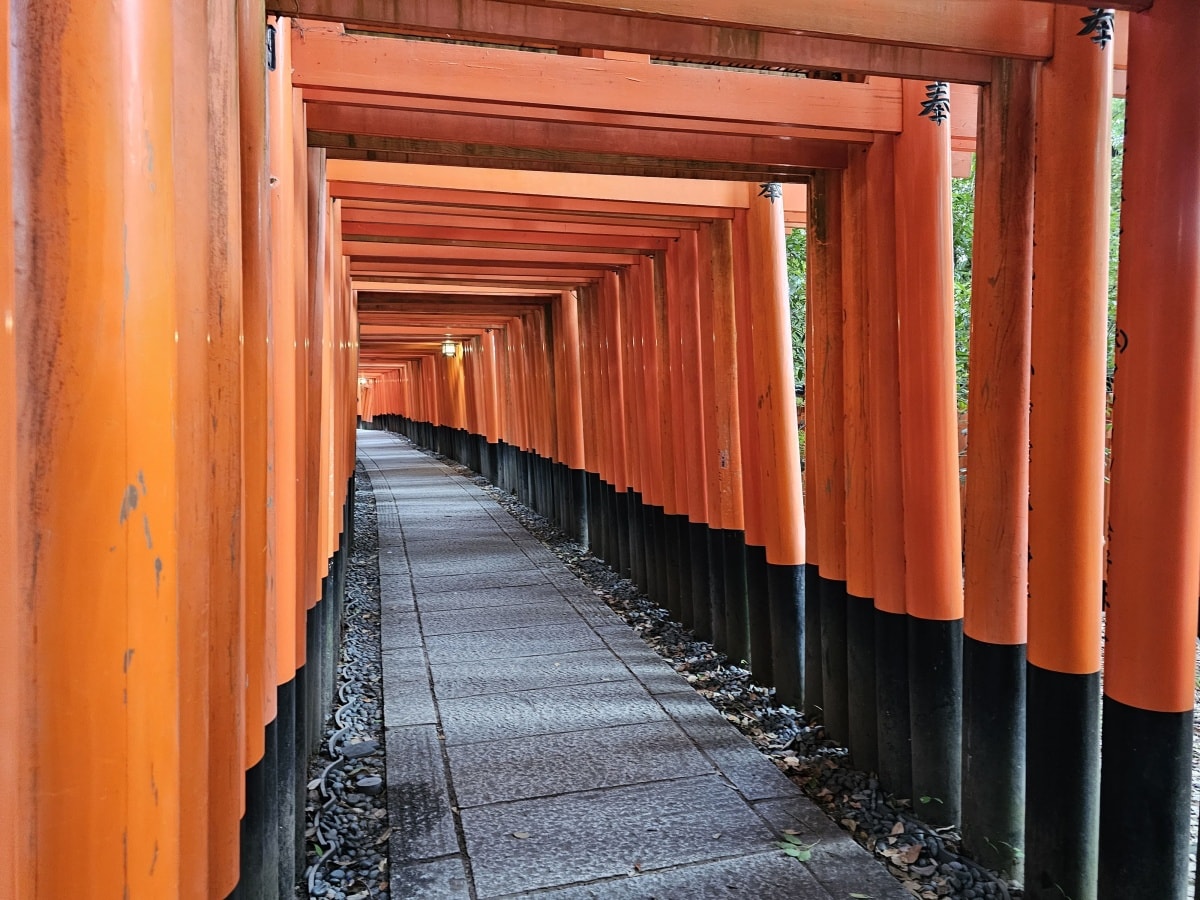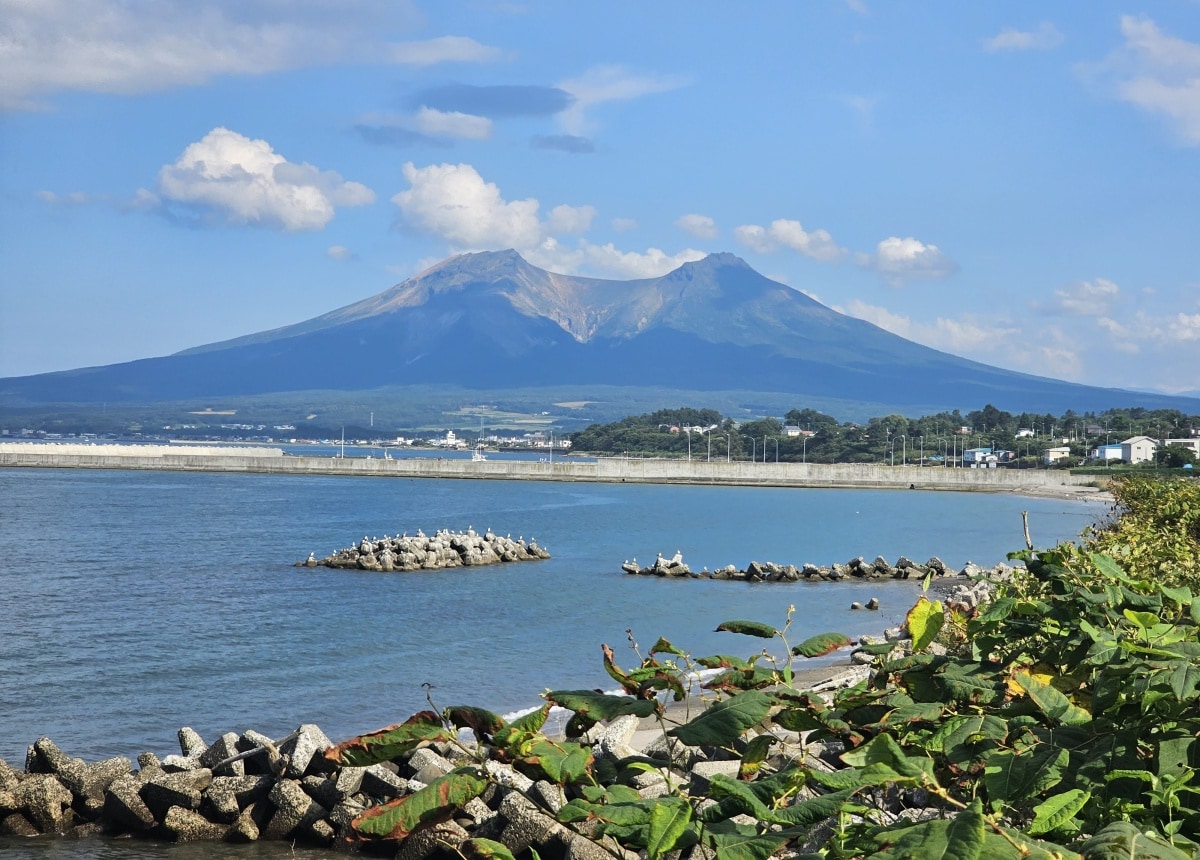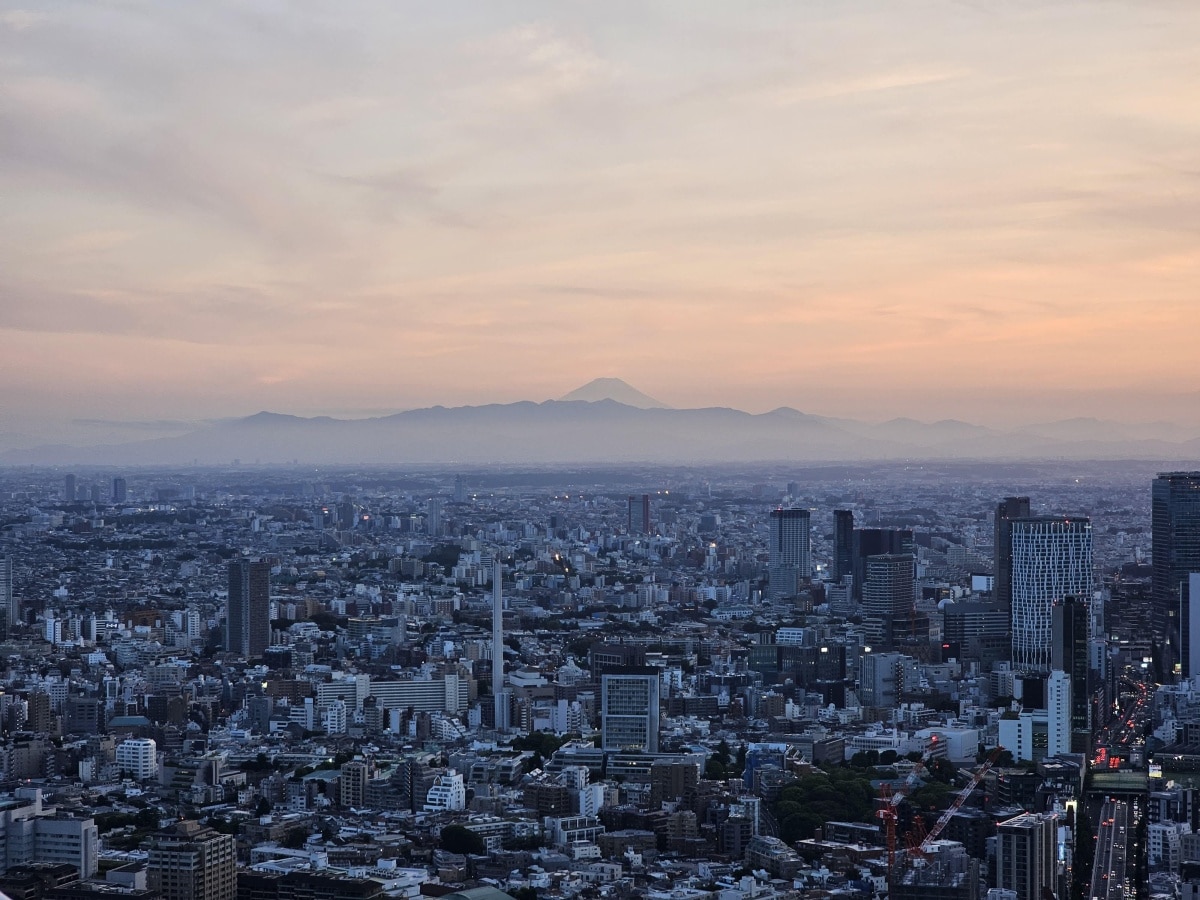How to Beat the Crowds in Japan as Tourism Booms

Tourism to Japan is again increasing after the COVID-19 epidemic slowed the influx in 2020. As crowds swarm the popular sites, what is someone looking for a peaceful cultural experience to do? Mac Salman offers some tips on ways to enhance the value of your trip to Japan.
By Mac SalmanJapan is in

Taking a photo like this is increasingly difficult at Fushimi Inari Taisha in Kyoto
Thanks to a number of factors—soft power, the rise of food tourism, the weak yen, a rich history, a captivating culture, cutting-edge technology, and the simple fact that it was once relatively ignored as a destination—Japan has become a hugely popular tourist spot whose allure looks set to persist for the foreseeable future. In October 2023, there were 2.52 million visitors to the country—a 0.8 percent increase compared to October 2019, exceeding pre-pandemic levels for the first time.
Tourism is predicted to witness a dramatic upswing in the post-pandemic era. However, as welcome as this growth is for the economy, it also translates into hordes of crowds thronging the most popular spots.
This has led to complaints of overtourism, especially in cities like Kyoto. With its numerous world-famous sightseeing spots, Kyoto is contending with the effects of the influx of visitors, from congestion that inconveniences local residents to strain on the natural environment. To address related challenges, the city government is beginning to implement enhanced measures to slow—or at least better handle—the crowds.
Of course, measures like these will take a while to make an impact. But there are ways that one can beat the crowds right now.
Locations Off the Beaten Track

Hokkaido's serene landscapes are still relatively undervisted
Japan is far more than just Tokyo and Kyoto. Exploring lesser-known regions will allow you to experience facets of Japan's culture left relatively untouched by mainstream tourism.
Embark on a journey north to the breathtakingly serene Shiretoko Peninsula in Hokkaido, where the rugged landscapes meet untamed wildlife, encapsulating the province's rustic beauty. Delve into the historic allure of Fukui by visiting the Eiheiji Temple, a timeless piece of architecture nestled amidst centuries-old cedar forests. Or, venture further south to the enchanting Yaeyama Islands in Okinawa, where the rare blend of culture and untouched nature on these less-visited islands offers a serene escape from the hustle and bustle of mainland life.
These off-beat destinations offer unique experiences minus the crowds. This allows for a more relaxed and enjoyable experience, with more opportunities for unobstructed photos.
These lesser-known locations often provide a more authentic representation of local culture and lifestyle. You have a better chance of interacting with locals, understanding their way of life, and experiencing traditional customs. As fewer tourists frequent these locations, you have the opportunity to discover hidden gems that aren't in every guidebook, making your experience unique. By visiting less-touristed locations, you're promoting the distribution of tourism income more evenly throughout the country and reducing the environmental impact on overcrowded areas. And accommodations are often cheaper in less-touristed areas compared to heavily visited tourist destinations.
While it's understandable to want to visit popular places and see famous sights, being open to off-the-beaten-path destinations can enrich your travel experience and give you a unique perspective on the country you're visiting.
Substitutions

The magnificent view from the Roppongi Hills Sky Deck
Opting for less famous sites over the more popular ones can offer numerous advantages, especially when they provide equally good photo opportunities. Here is a sample list of some substitutes that are less visited and, frankly, less stressful:
Motonosumi Inari Shrine instead of Fushimi Inari Shrine
Kyoto’s Fushimi Inari Shrine has become one of the most Instagramable places in all of Japan for its red gates. Ignore that one, and journey to Motonosumi Inari Shrine, located in Nagato City, Yamaguchi Prefecture. Motonosumi Inari Shrine features a striking pathway of 123 crimson torii gates descending towards the Sea of Japan, making for some spectacular photos contrasting the iconic torii gates with the sea.
Roppongi Hills instead of Shibuya Sky
The Shibuya Sky observation deck is popular for its breathtaking panoramic views of Tokyo’s skyline, its prime location atop Shibuya Scramble Square, and its modern, stylish design that offers a mesmerising urban experience. Instead of squeezing your way through the crowds, why not head to the less-visited Tokyo City View at Roppongi Hills? This also features an open-air observation deck and its more central location allows for a better panoramic perspective of the metropolis.
Himeji Castle (or another of the many impressive original castles) instead of Osaka Castle
While it may still draw tourists, Himeji Castle is less crowded than Osaka Castle, and it can be the gateway for a trip westward, beyond the popular “Golden Route” between Tokyo and Osaka. Known as the ‘White Heron Castle’ due to its brilliant white exterior, it is a National Treasure and actually original—while Osaka Castle is a concrete rebuild.
Choosing a Time to Visit

The Plum Blossoms make February a great time to visit
Most websites, blogs, and vlogs eagerly proclaim the cherry blossoms of spring and the fiery leaves of fall as Japan's prime-time visiting slots. They warn of the sweltering summers, cold winters devoid of blooms, and urge you to avoid the deluge of rainy seasons, typhoon-threatened Septembers, and spring showers.
Dodge Golden Week for domestic travel ease, they say, and note the city’s eerie quiet and plethora of closed stores during Obon in mid-August and at Oshogatsu, the dawn of the new year. But, be warned, the cherry blossoms and changing leaves of autumn bring with them skyrocketing hotel prices which are best avoided!
Sorting through this welter of contradictory “advice” can feel akin to the self-diagnosis hazards of internet health searches. Distil the wealth of guidance, and you might believe there's only a narrow window of opportunity, or you might as well not come—budget allowing, that is.
But embracing Japan's less crowded seasons offer charm that can trump the so-called drawbacks. Take the winter for example. Away from the throngs, there's a chance for serene reflections at Japan’s landmarks. Comfort in the form of steamy ramen or expertly brewed coffee is never far away, and there's ample room for kids of all ages to frolic and uncover the surprises of the multifaceted cities and the variety of the natural landscapes.
An ideal time is mid-January to early February, after the New Year festivities have subsided and before the spring tourist surge. The chill of winter makes the steaming onsens particularly inviting, the plum trees are beginning to bloom, and the snow-draped landscapes of places like Hokkaido are mesmerizing.
Mid-August presents another opportune window, especially in Hokkaido, where the climate is milder compared to the sweltering heat experienced in much of Japan. The expansive lavender fields of Furano, in full bloom, offer spectacular views without the heavy tourist traffic of spring.
Lastly, mid-December is a hidden gem for travellers. The autumn colors linger in the southern regions, and the pre-Christmas period is surprisingly quiet. Even cities like Kyoto have a brief (relaitve) respite from the peak season's hustle.
Choosing the time of year isn’t the only way to help manage your time in Japan. Consider exploring on weekdays rather than weekends, when the locals themselves will be out and about making use of their precious time off work.
Another consideration is the time of day. Schedule your visits to the more famous tourist destinations either early in the morning or late in the afternoon to help to avoid big crowds.
Managing Your Own Expectations

Crowds at Sensoji for Hatsumode
When most tourists visit France, they don’t expect to be the only people ascending the Eiffel Tower, or viewing the Mona Lisa at the Louvre. However, when coming to Japan, some visitors do seem to carry with them a preconception of serene landscapes, tranquil temples, and peaceful gardens in which they will be the only visitors.
However, like any popular tourist destination, the reality can differ from the expectations. Very likely the famous spots will be busy and crowded during peak travel periods.
What causes this disconnect? Iconic places like Paris are often shown bustling with people in movies and promotional material, setting an accurate expectation for potential crowds. Films and videos showcasing Japan, however, often feature a sole traveller enjoying an empty space, leading to the wrong impression that you will be the only person there.
While tourist expectations are influenced by France's long-standing position as one of the most visited countries, these conceptions haven’t caught up to Japan, a relative newcomer on the world megatourism scene. Tourists might also not fully appreciate the situation of cities like Tokyo, which is one of the most densely populated in the world. And while the same volume of people may be calmer in Japan compared to other countries, crowd management doesn't equate to solitude.
Ultimately, the perception of “crowds” is subjective. What may seem crowded to one person may not be the case for someone else. If you're visiting popular tourist destinations, remember that they are popular for good reason. Anticipating the probability of encountering a crowd can mentally prepare you to make the most of your visit regardless.
Which brings us back to looking beyond the beaten path. Avoiding crowds does not necessarily mean sacrificing the richness of experiences. In fact, it presents an opportunity to delve deeper into the authentic culture and traditions of Japan. With a little planning, the right timing, and managed expectations, you can enjoy a more relaxed and profoundly personal Japanese experience.



